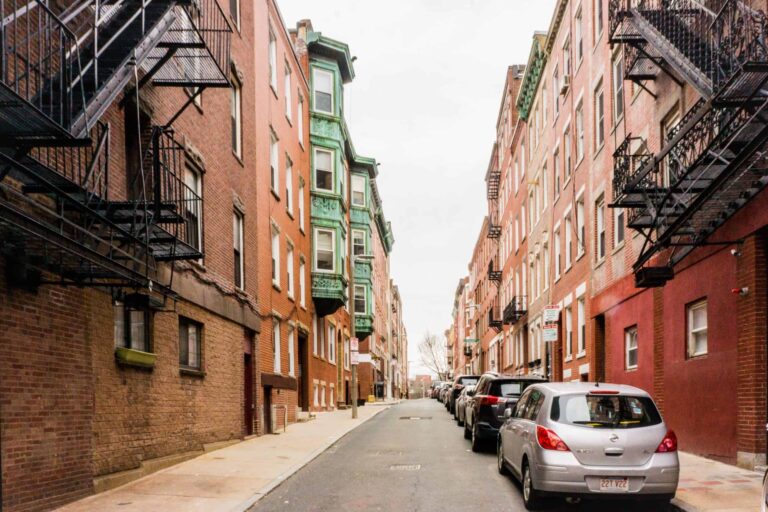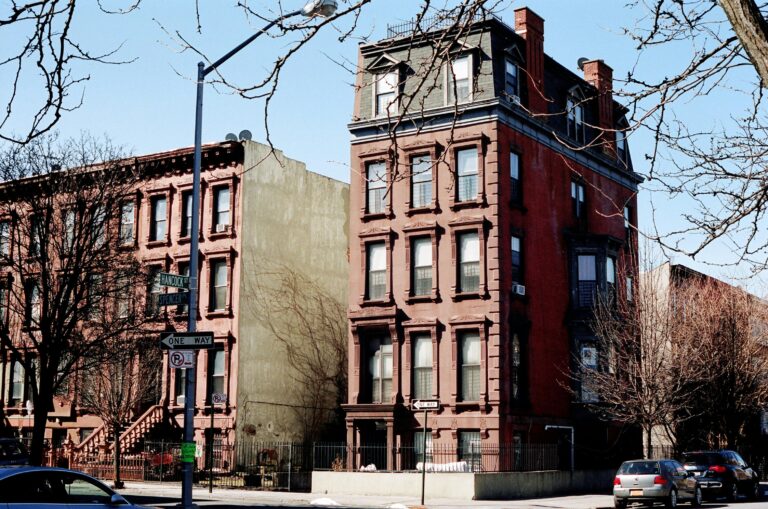SAN FRANCISCO — December 11, 2014 — The Federal Communications Commission (FCC) voted today to approve Chairman Wheeler’s latest proposal to complete modernization of the 18-year-old federal E-rate program. EducationSuperHighway applauds the Chairman and the Commissioners for ensuring that every school can connect to high-speed broadband, every classroom to Wi-Fi, and every student to a brighter, more connected future.
“This is a landmark decision for our nation’s students and we commend Chairman Wheeler, Commissioner Clyburn, and Commissioner Rosenworcel for their steadfast commitment to connecting millions of America’s students to the promise of digital learning,” said Evan Marwell, CEO of EducationSuperHighway. “This bold plan of action will ensure the students of today are fully prepared to be the workforce and leaders of tomorrow.”
Since 2012, EducationSuperHighway has worked closely with the White House, the Department of Education, the FCC, and numerous other partners to bring high-speed broadband to every classroom in America. It has led the way in contributing extensive school and broadband data analyses that played a pivotal role in igniting action for modernization and shaping a smarter E-rate.
The historic order passed today will ensure all schools and libraries can connect to high-speed fiber, improve the affordability of broadband through enhanced competition and choices for schools, and increase the resources in the program by $1.5 billion per year to account for growing bandwidth demand.



